Anna Z. Ursyn: Timetable
Artist(s):
Title:
- Timetable
Exhibition:
Creation Year:
- 2002
Medium:
- VAX Fortran, IGL, photosilkscreen, photolithography, COM recorder, scanner, and PPC
Size:
- 32 x 32 inches
Category:
Artist Statement:
Timetable
Long day of errands in the City
Memories seen against the light
Times and places in order again
My main concept is to juxtapose the regularity of shapes in nature with man-made constructions using various perspectives and points of view. I work in series. This series of my work is entitled New York – New York. Seeing New York as one of the world’s wonders, I provide a pictorial representation of interrelationships typical for the “Big City.” Everybody perceives in different light and from a different perspective. Several levels of order can be depicted here: an order determined by man, by properly positioning buildings or windows in a building, repetitive arrangement of objects, such as the orderly placement of cars on a parking lot, or natural patterns, such as a regular arrangement of leaves. My purpose is to document some indescribable events that are revealed to us randomly but regularly every day. Our typical routines repeat in cycles with great empathy. All the commotion, turmoil, confusion, and individual interests are expressed and perceived with great intensity.
Technical Information:
I draw first. I begin by creating the general composition in the form of an abstract geometric design. Then, for my two-dimensional works, I write programs in Fortran 77 using Cyber then VAX mainframes, Interactive Graphic Library (IGL), then C++. In order to gain composition, I set patterns using repetition of lines, shapes, and forms, select color combinations, transform light intensity, apply grid patterns and moiré effects. To attain the unity of an artwork, I take the unique opportunity, provided by the computer memory, to build the space of the work by regrouping its recurrent elements, and to contrast ordered and chaotic relations between lines. Some of these projects are 2D, others are written in 3D, depending on the needs of my final composition. Programmed data can be then transferred electronically into a final product. While programming in Fortran 77, I can see only digits on the computer screen. Color slides from the COM recorder or as black-and-white prints are the third-level products. Then I can transfer plots from the Versatec plotter to a photosilkscreen or a photolithograph, to obtain better color coordination and special effects characteristic to these technologies. They are included both in my 2D and 3D works and become the fourth level of my data. Next, photographs, either digital or on 35mm film, are used as the fifth level of data. For the final work, I mix various approaches with painterly markings, so the final composition is juxtaposed according to the initial principles.
Other Information:
Images:
1: “Celebration” COM recorder
2: “Report from Colorado” COM recorder
3: Photolithograph
4: Versatec plot
5: Photosilkscreen
6: COM recorder
All Works by the Artist(s) in This Archive:
- Anna Z. Ursyn
-
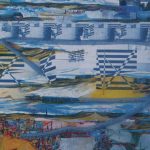
End of the Street
[SIGGRAPH 1994] -

Hero Horse
[SIGGRAPH 1990] -
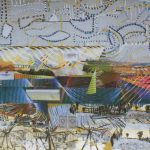
Rondo
[SIGGRAPH 2006] -
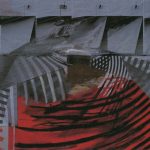
Two Skies
[SIGGRAPH 1989] -
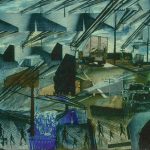
Monday Morning
[SIGGRAPH 1995] -
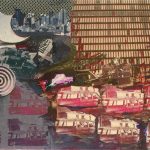
Two Moons
[SIGGRAPH 1995] -
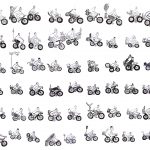
Data Deluge
[DAC Online Exhibition 2015] -
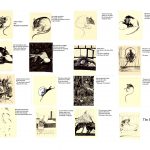
Hard Jazz Book
[DAC Online Exhibition 2015] -
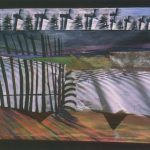
No Man No Shadow
[SIGGRAPH 1998] -

Clear Water Act
[SIGGRAPH 2007] -
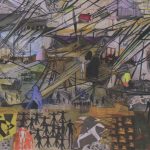
Wires
[SIGGRAPH 2007] -

Grammar of the City
[SIGGRAPH 2005] -
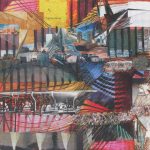
Yellow Pages
[SIGGRAPH 2005] -

Fragile Balance
[SIGGRAPH 2005] -
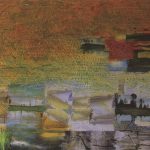
Noise Control
[SIGGRAPH 2004] -
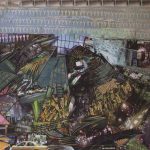
Pitch and Volume
[SIGGRAPH 2004] -
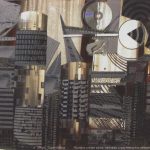
Data Mining
[SIGGRAPH 2004] -
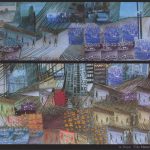
City Matters
[SIGGRAPH 2003] -
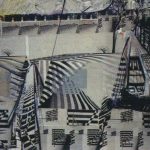
Commuter's Tunes
[SIGGRAPH 2001] -
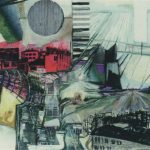
Moonlit Manifestation
[SIGGRAPH 2001] -
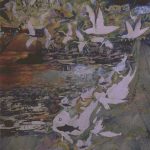
Discretion Advised
[SIGGRAPH 1999] -
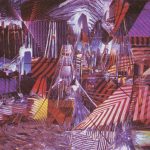
Timetable
[SIGGRAPH 2002] -
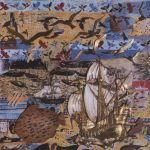
Water Planet
[SIGGRAPH 2008] -
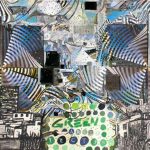
Green Architecture
[DAC Online Exhibition 2012] -

Data Mining
[DAC Online Exhibition 2012] -

Rondo
[DAC Online Exhibition 2011] -

Data Mining
[DAC Online Exhibition 2011] -
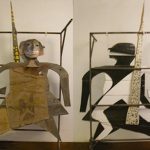
Warrior
[DAC Online Exhibition 2011] -

Truckers' Muse
[DAC Online Exhibition 2018]





